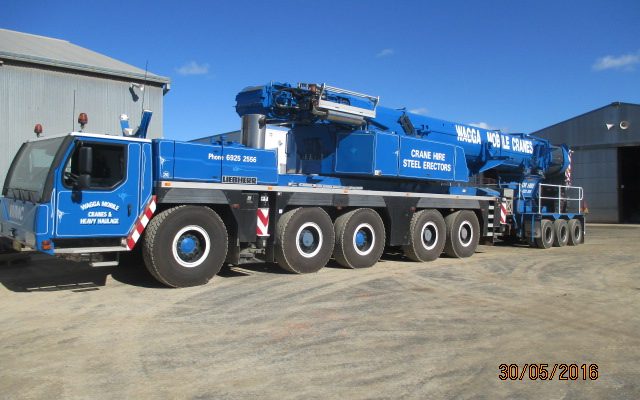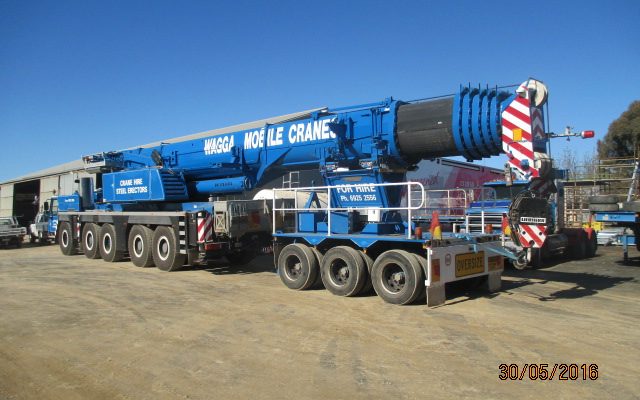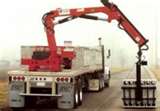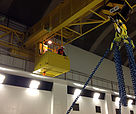Duration: 6 days of training which includes a formative assessment and 1 day of WorkSafe Assessment which includes but not restricted to:
Plan work
Potential workplace hazards are identified
Hazard control measures are identified consistent with appropriate standards to ensure the safety of personnel and equipment
The weight of the load is identified and estimated in consultation with associated personnel
The crane is appropriate to the load/s and workplace conditions
Appropriate paths for the movement of loads in the work area are inspected and determined
Appropriate communication methods are identified with associated personnel
Conduct Routine Checks
Crane is visually checked for any damage or defects
Crane is accessed in a safe manner
All signage and labels are visible and legible according to the appropriate standard
Routine pre-operational crane checks are carried out according to procedures
All controls are located and identified
Crane service logbook is checked for compliance
Crane is started according to procedures and checked for any abnormal noises
All crane safety devices are tested according to procedures
Post-start operational checks are carried out according to procedures
All communication equipment is checked for serviceability
All damage and defects are reported and recorded according to procedures, and appropriate action is taken
Set Up crane
Ground suitability is checked
Crane is driven to the work area according to procedures
Crane is positioned for work application and stability according to procedures
Appropriate crane configuration for work task is determined according to procedures (where applicable)
Boom/jib and counterweight configuration data is input into the crane computer (as required)
Appropriate hazard prevention/control measures are applied to the work area according to procedures
All communications equipment is tested for functionality
Transfer loads
Lifts are determined within the capacity of the crane
Boom/jib and hoist block is positioned over load following directions from associated personnel
Test lift is carried out according to procedures
Loads are transferred using all relevant crane movements according to procedures and the appropriate standard
All required communication signals are correctly interpreted according to procedures and the appropriate standard
Crane is operated according to procedures
Load movement is monitored constantly ensuring safety to personnel and load, and crane stability
Unplanned and/or unsafe situations are responded to in line with procedures
Mobile Loads
Suitability of planned route is checked for the crane according to procedures
Crane is configured to mobile load according to procedures
Load is moved using best mobile practice according to the appropriate standard
Shut Down Crane
Crane boom/jib and equipment are stowed and secured where appropriate according to procedures and the appropriate standard
Relevant motion locks and brakes are applied (where applicable)
Outriggers/stabilisers are stowed and secured according to procedures
Crane is shut down according to procedures
Plates or packing are stowed and secured
Routine post-operational crane checks are carried out according to procedures
All damage and defects are reported and recorded according to procedures, and appropriate action is taken
Course Requirements
100 points of identification
Pens
Calculator
Whistle
Safety Helmet; boots and Hi vis clothing






